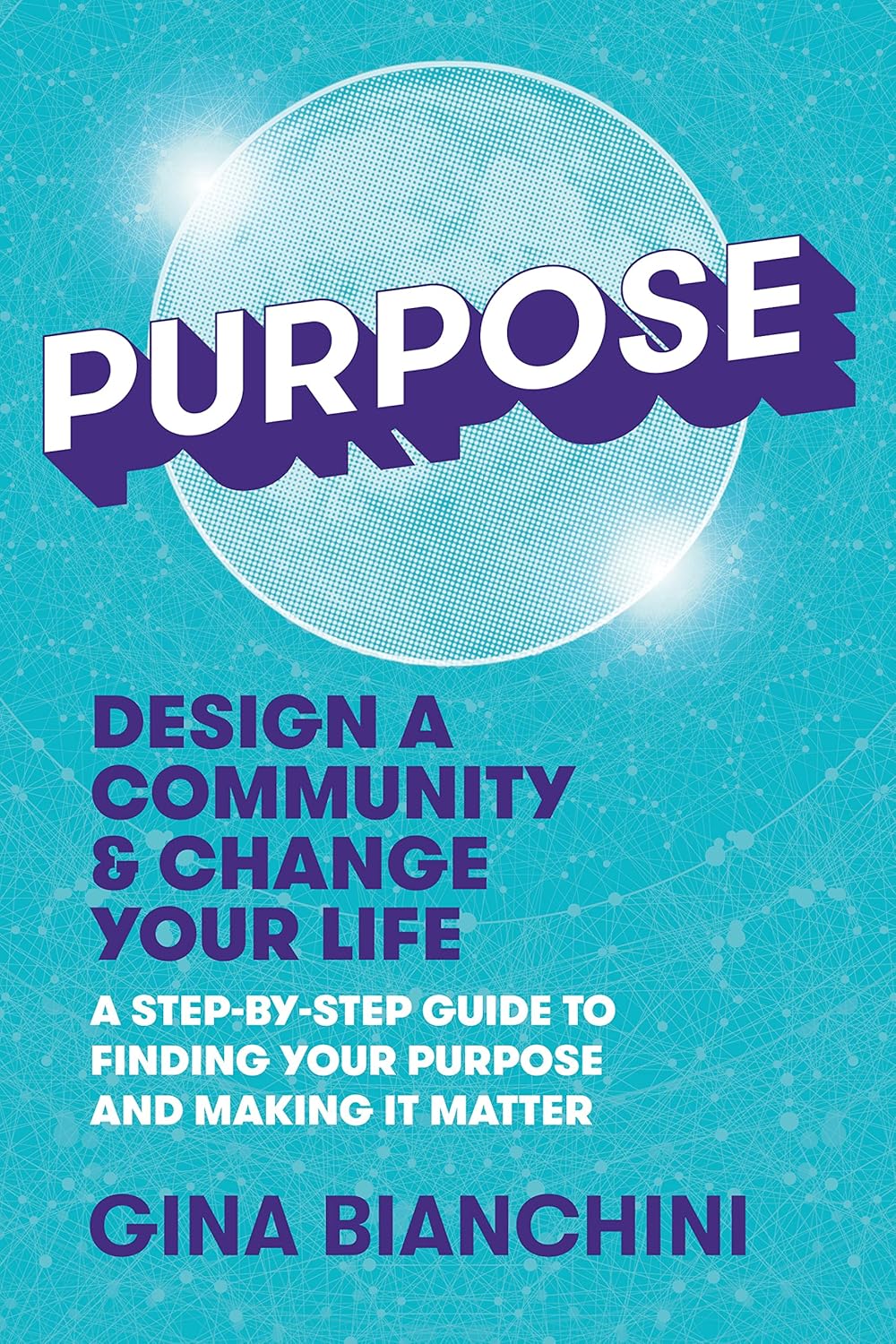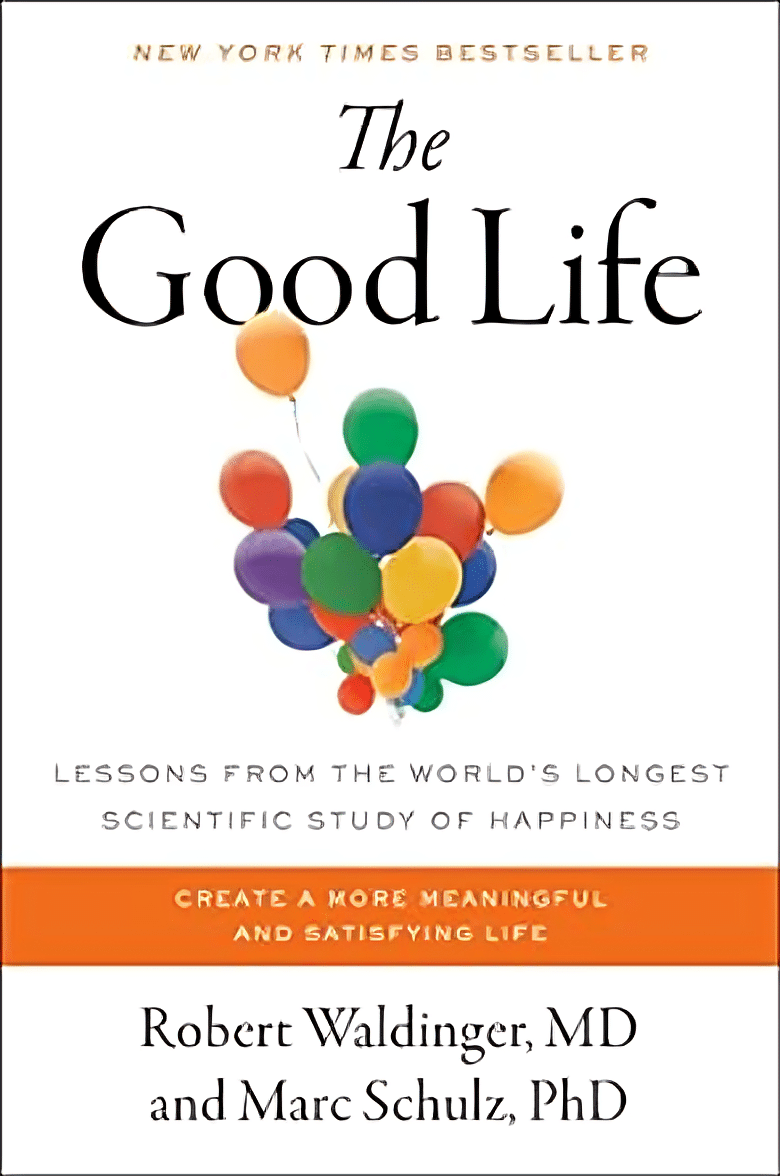
7 Essential Devices For Hand Arthritis: Regain Control of Your Life
10almonds is reader-supported. We may, at no cost to you, receive a portion of sales if you purchase a product through a link in this article.
Dr. Diana Girnita is a double board-certified physician in rheumatology and internal medicine. With a PhD in immunology (on top of her MD), and training at Harvard and top universities, she founded Rheumatologist OnCall, offering integrative medicine to broaden rheumatology access. Here’s what she has to say about things that make life easier:
Get your hands on these…
The seven devices that Dr. Girnita recommends are:
- Hand grip strengthener: helps build grip strength with a spring-loaded mechanism. Regular use can improve strength and reduce pain.
- Finger exerciser: different device; similar principle: it strengthens hand and finger muscles using resistance, enhancing hand function.
- Moisturizing paraffin bath: a heated paraffin wax bath that soothes hands, providing heat therapy and moisturizing the skin.
- Weighted silverware: weighted utensils (knives, forks, spoons) make gripping easier and provide stability for eating.
- Foam tubing grips: foam covers to make kitchen tools, toothbrushes, and hairbrushes easier to grip.
- Electric can-opener: reduces strain in opening cans, making meal preparation more accessible.
- Compression gloves: provide gentle compression to reduce swelling and pain, improving hand flexibility and circulation.
- Door knob cover grips: make it easier to turn doorknobs by providing a larger surface to grip.
- Wider-grip pens: ergonomically designed pens with a larger diameter and softer grip reduce hand strain while writing.
This writer, who does not have arthritis but also does not have anything like the grip strength she used to, also recommends a jar opener like this one.
As a bonus, if you spend a lot of time writing at a computer, an ergonomic split keyboard like this one goes a long way to avoiding carpal tunnel syndrome, and logically must be better for arthritis than a regular keyboard; another excellent thing to have (that again this writer uses and swears by) is an ergonomic vertical mouse like this one (aligns the wrist bones correctly; the “normal” horizontal version is woeful for the carpal bones). These things are both also excellent to help avoid worsening peripheral neuropathy (something that troubles this writer’s wrists if she’s not careful, due to old injuries there).
For more on the seven things otherwise listed above, enjoy:
Click Here If The Embedded Video Doesn’t Load Automatically!
Want to learn more?
You might also like to read:
- Avoiding/Managing Rheumatoid Arthritis
- Avoiding/Managing Osteoarthritis
- Managing Chronic Pain (Realistically!)
Take care!
Don’t Forget…
Did you arrive here from our newsletter? Don’t forget to return to the email to continue learning!
Recommended
Learn to Age Gracefully
Join the 98k+ American women taking control of their health & aging with our 100% free (and fun!) daily emails:
-
Get Ahead (Healthwise) This Winter
10almonds is reader-supported. We may, at no cost to you, receive a portion of sales if you purchase a product through a link in this article.
Tomorrow will be December the first.
A month later, it’ll be January the first, and very many people will be quite briefly making a concerted effort to get healthier.
So, let’s get a head start, so that we can hit January already in great health!
December’s traps to plan around
In North America at least, common calendar-specific health problems associated with December are:
- Infectious diseases (seasonal flu and similar unpleasantries)
- Inactivity (seasonal weather)
- Slower metabolism (seasonal eating and drinking, plus seasonal weather)
- Alcohol (seasonal drinking)
- Stress (seasonal burdens)
So, let’s plan around those!
But first, sleep
Nothing will go well if we are not well-rested. There are six dimensions of sleep, but the ones that matter the most are regularity and duration, so plan for those and the rest should fall into place:
Calculate (And Enjoy) The Perfect Night’s Sleep
Skip those viruses
If you’re doing the rest of what we advise, your immune system will probably be in good shape, unless you have some chronic disease that means you are immunocompromised, in which case the next things will be extra important:
- Avoid enclosed spaces with lots of people where possible
- Ventilation is your friend (as is air filtration)
- Masks don’t protect against everything, but they do protect against a lot
- Wash your hands more often than you think is necessary (invest in luxurious soap, to make it a more pleasant experience, then you’re more likely to do it often!)
- Breathe through your nose, not your mouth (nostril hairs attract floating particles by static charge, and then dispose of intruders via mucus)
See also: The Pathogens That Came In From The Cold
Plan your movement
But, realistically. Let’s face it, unless you already have such a habit, you’re not going to be hitting the gym at 6am every day, or be out pounding pavement.
The weather often makes us more reluctant to exercise, so if that sound like you, plan something low-key but sustainable that will set you in good stead ready for the new year. Here are two approaches; you can do both if you like, but picking at least one is a good idea:
- Commit to just a few minutes of high-intensity exercise each day. If you don’t have equipment, then bodyweight squats are a great option.
- Commit to gentle exercises each day—pick some stretches and mobility drills you like, and focus on getting supple for the new year.
See also: How To Keep On Keeping On, When Motivation Isn’t High ← this isn’t a motivational pep talk; it’s tricks and hacks to make life easier while still getting good results!
Fuel in the tank
It’s fine if you eat more in winter. We even evolved to put on a few pounds around this time of year. However, to avoid sabotaging your health, it’s good to do things mindfully. Pick one main dietary consideration to focus on, for example “anti-inflammatory” or “antidiabetic” or “nutrient-dense”.
Those focused ways of eating will, by the way, have a huge amount of overlap. But by picking one specific factor to focus on, it simplifies food choices at a time of year when supermarkets are deliberately overwhelming us with choices.
If you’re having a hard time picking just one thing to focus on, then we recommend:
What Matters Most For Your Heart?
About that festive spirit…
Alcohol consumption goes up around this time of year, partly for social reasons, partly for “it’s cold and the marketing says alcohol warms us up” reasons, and partly for stress-related reasons. We’re sure you know it sabotages your health, so choose your path:
How To Reduce Or Quit Alcohol, or
How To Reduce The Harm Of Festive Drinking (Without Abstaining)
Relax and unwind, often
There’s a lot going on in December: consumerism is running high, everyone wants to sell you something, finances can be stressful, social/familial obligations can be challenging sometimes too, and Seasonal Affective Disorder is at its worst.
Make sure to regularly take some time out to take care of yourself, and make sure you’re doing the things you want to do or really have to do, not just things you feel you’re expected to do.
Different people can have very different challenges at this time of year, so it’s hard to give a “one size fits all” solution here (and we don’t have the room to cover every possible thing today). You know your life best, so think what you’re most likely to want/need for you this month, and make sure you get it.
At the very least, most of us will benefit from taking a few minutes to consciously relax, and often, so something that is almost always a good idea for that is:
No-Frills, Evidence Based Mindfulness
…but if you’re feeling in a more playful mood, consider:
Meditation Games You’ll Actually Enjoy!
Take care!
Share This Post
-
Ashwagandha: The Root of All Even-Mindedness?
10almonds is reader-supported. We may, at no cost to you, receive a portion of sales if you purchase a product through a link in this article.
Ashwagandha: The Root Of All Even-Mindedness?
In the past few years, Ashwagandha root has been enjoying popular use in consumer products ranging from specialist nootropic supplement stacks, to supermarket teas and hot chocolates.
This herb is considered to have a calming effect, but the science goes a lot deeper than that. Let’s take a look!
Last summer, a systematic review was conducted, that asked the question:
Does Ashwagandha supplementation have a beneficial effect on the management of anxiety and stress?
While they broadly found the answer was “yes”, they expressed low confidence, and even went so far as to say there was contradictory evidence. We (10almonds) were not able to find any contradictory evidence, and their own full article had been made inaccessible to the public, so we couldn’t double-check theirs.
We promptly did our own research review, and we found many studies this year supporting Ashwaghanda’s use for the management of anxiety and stress, amongst other benefits.
First, know: Ashwagandha’s scientific name is “Withania somnifera”, so if you see that (or a derivative of it) mentioned in a paper or extract, it’s the same thing.
Onto the benefits…
A study from the same summer investigated “the efficacy of Withania somnifera supplementation on adults’ cognition and mood”, and declared that:
“in conclusion, Ashwagandha supplementation may improve the physiological, cognitive, and psychological effects of stress.”
We notice the legalistic “may improve”, but the data itself seems more compelling than that, because the study showed that it in fact “did improve” those things. Specifically, Ashwagandha out-performed placebo in most things they measured, and most (statistically) significantly, reduced cortisol output measurably. Cortisol, for any unfamiliar, is “the stress hormone”.
Another study that looked into its anti-stress properties is this one:
Ashwagandha Modulates Stress, Sleep Dynamics, and Mental Clarity
This study showed that Ashwagandha significantly outperformed placebo in many ways, including:
- sleep quality
- cognitive function
- energy, and
- perceptions of stress management.
Ashwagandha is popular among students, because it alleviates stress while also promising benefits to memory, attention, and thinking. So, this study on students caught our eye:
Their findings demonstrated that Ashwagandha increased college students’ perceived well-being through supporting sustained energy, heightened mental clarity, and enhanced sleep quality.
That was about perceived well-being and based on self-reports, though
So: what about hard science?
A later study (in September) found supplementation with 400 mg of Ashwagandha improved executive function, helped sustain attention, and increased short-term/working memory.
Read the study: Effects of Acute Ashwagandha Ingestion on Cognitive Function
❝But aside from the benefits regarding stress, anxiety, sleep quality, cognitive function, energy levels, attention, executive function, and memory, what has Ashwagandha ever done for us?❞
Well, there have been studies investigating its worth against depression, like this one:
Can Traditional Treatment Such as Ashwagandha Be Beneficial in Treating Depression?
Their broad answer: Ashwagandha works against depression, but they don’t know how it works.
They did add: “Studies also show that ashwagandha may bolster the immune system, increase stamina, fight inflammation and infection, combat tumors*, reduce stress, revive the libido, protect the liver and soothe jangled nerves.
That’s quite a lot, including a lot of physical benefits we’ve not explored in this research review which was more about Ashwagandha’s use as a nootropic!
We’ve been focusing on the more mainstream, well-studied benefits, but for any interested in Ashwagandha’s anti-cancer potential, here’s an example:
Evaluating anticancer properties of [Ashwagandha Extract]-a potent phytochemical
In summary:
There is a huge weight of evidence (of which we’ve barely skimmed the surface here in this newsletter, but there’s only so much we can include, so we try to whittle it down to the highest quality most recent most relevant research) to indicate that Ashwagandha is effective…
- Against stress
- Against anxiety
- Against depression
- For sleep quality
- For memory (working, short-term, and long-term)
- For mental clarity
- For attention
- For stamina
- For energy levels
- For libido
- For immune response
- Against inflammation
- Against cancer
- And more*
*(seriously, this is not hyperbole… We didn’t even look at its liver-protective functions, for instance)
Bottom line:
You’d probably like some Ashwagandha now, right? We know we would.
We don’t sell it (or anything else, for that matter), but happily the Internet does:
Share This Post
-
Purpose – by Gina Bianchini
10almonds is reader-supported. We may, at no cost to you, receive a portion of sales if you purchase a product through a link in this article.
To address the elephant in the room, this is not a rehash of Rick Warren’s best-selling “The Purpose-Driven Life”. Instead, this book is (in this reviewer’s opinion) a lot better. It’s a lot more comprehensive, and it doesn’t assume that what’s most important to the author will be what’s most important to you.
What’s it about, then? It’s about giving your passion (whatever it may be) the tools to have an enduring impact on the world. It recommends doing this by leveraging a technology that would once have been considered magic: social media.
Far from “grow your brand” business books, this one looks at what really matters the most to you. Nobody will look back on your life and say “what a profitable second quarter that was in such-a-year”. But if you do your thing well, people will look back and say:
- “he was a pillar of the community”
- “she raised that community around her”
- “they did so much for us”
- “finding my place in that community changed my life”
- …and so forth. Isn’t that something worth doing?
Bianchini takes the position of both “idealistic dreamer” and “realistic worker”.
Further, she blends the two beautifully, to give practical step-by-step instructions on how to give life to the community that you build.
Share This Post
Related Posts
-
The Good Life – by Robert Waldinger, MD, and Marc Schulz, PhD
10almonds is reader-supported. We may, at no cost to you, receive a portion of sales if you purchase a product through a link in this article.
For any who have thought “there must be some middle-ground between entirely subjective self-help books advising how to feel better, and sifting through clinical data on what actually affects people’s moods“, this book is exactly that middle-ground!
Drs. Waldinger and Schultz went through the 80-year-long Harvard Study of Adult Development with a fine-toothed comb, and this book details—more readably—what they found.
There are frequent references to data from the study. Not just numbers, though, people’s answers to questions, too. And how different factors about people’s lives affected their answers to the same questions.
We hear from all ages, from young adults to octagenarians, and learn how attitudes (including: of the same people) change over time. Not because people are fickle, but because people grow… or become disillusioned. Or sometimes, both.
We learn about the importance of money… And where that importance ends.
We learn importance of relationships of various kinds, and this is certainly a recurring theme throughout the study—and thus, throughout the book.
The book doesn’t just present data, though, it also presents actionable insights along the way.
Bottom line: the combined wisdom and life-experiences of a lot of people provide a very “big picture” view of life, and what makes us happy, really. We highly recommend it!
Don’t Forget…
Did you arrive here from our newsletter? Don’t forget to return to the email to continue learning!
Learn to Age Gracefully
Join the 98k+ American women taking control of their health & aging with our 100% free (and fun!) daily emails:
-
Hit A Weight Loss Plateau? Here’s What To Do
10almonds is reader-supported. We may, at no cost to you, receive a portion of sales if you purchase a product through a link in this article.
Around this time of year (early April, at time of writing) it’s especially common for people to hit a plateau in our progress towards various goals.
When it comes to weight loss specifically, a large (n=24,035) study of mostly women (19.972/24,035 = 83.09%) aged 31–70 (with more than half being in the 51–70 range) has good news about this:
Most people who sustainably lose weight weight over the course of a year, have a plateau at some point, usually at least one three-month plateau.
The top three weight loss patterns were:
- 15% lost weight for 6 months, then maintained their weight for a further 6 months, resulting in an average 11kg weight loss after a year (12% of their starting body weight)
- 11% lost weight in the first 3 months, then maintained for 9 months, losing 5kg after a year (nearly 6% of their starting body weight)
- 9% lost weight for 9 months, followed by 3 months of maintenance, resulting in an average 16kg loss (17% of their starting body weight)
You can read the full paper here: Weight Loss Patterns and Outcomes Over 12 Months on a Commercial Weight Management Program (CSIRO Total Wellbeing Diet Online): Large-Community Cohort Evaluation Study
Did you notice the reframe there? What may be seen (and not welcomed) by the individual is a plateau, but what it also is objectively, is weight loss maintenance. In other words, not regaining weight, as we all know can be all too easy for many.
You may be thinking: “but I want to continue losing weight!”
And that’s fine. The trick is to use the maintenance phase (or plateau, if you want to call it that) as an opportunity to assess what’s working for you and what’s not, and where you want to go from here.
The chances are good that your metabolism has simply adapted to whatever diet/exercises changes you made to your lifestyle… And that’s good!
Three months ago, you wanted your body to have this new “set point”, and now you have it. Congratulations on the improved metabolism!
Now, imagine yourself starting again, but this time you’re starting with a better metabolism than last time you started. What will you do next to up the ante?
Whatever you do, we recommend making sure to do it healthily, for example: How To Lose Weight (Healthily!)
You might even want to coast for a little in a maintenance phase, and use the opportunity to improve related areas of your health, before diving back into your next weight loss phase.
For example, you might want to: Stop Trying To Lose Weight (And Do This Instead) ← this is about metabolic health in a more general fashion, and is very important
Alternatively, you might want to take the opportunity to build a little muscle (which in turn will improve your metabolic health, because muscle “costs” calories to maintain, while fat cues your body to dial down the metabolism to survive the famine for which it thinks you were preparing).
If you want to do that, then check out: Can You Gain Muscle & Lose Fat At The Same Time?
And if at any point your weight loss journey (or perhaps a plateau somewhere along such) is getting you down, then… You know the saying “have fun and be yourself”? The trick here is to have fun and be your best self. Seriously! Mindset is actually really important, not just for your mental health, but also for your physical health, and yes, also for weight loss specifically, if that’s your goal.
See: 8 Pillars of Weight Loss Explained ← Surprise, diet is #6 and exercise is #7, while emotional freedom and resilience is #1 😎
Want to know more?
Check out this trio of articles that’ll keep you on the right path:
- How To Plan For The Unplannable & Always Follow Through
- How To Avoid Slipping Into (Bad) Old Habits
- How To Keep On Keeping On… Long Term!
Take care!
Don’t Forget…
Did you arrive here from our newsletter? Don’t forget to return to the email to continue learning!
Learn to Age Gracefully
Join the 98k+ American women taking control of their health & aging with our 100% free (and fun!) daily emails:
-
Brussels Sprouts vs Spirulina – Which is Healthier?
10almonds is reader-supported. We may, at no cost to you, receive a portion of sales if you purchase a product through a link in this article.
Our Verdict
When comparing Brussels sprouts to spirulina, we picked the sprouts.
Why?
Pitting these two well-known superfoods against each other, we get the following:
Looking at the macros first, spirulina has a little more protein, while sprouts have more carbs and nearly 10x the fiber. So, we call this a win for sprouts.
In terms of vitamins, sprouts have a lot more of vitamins A, B6, B9, C, E, K, and choline, while spirulina has a little more of vitamins B1, B2, and B3. An easy win for sprouts.
In the category of minerals, sprouts have more calcium, magnesium, manganese, phosphorus, potassium, selenium, and zinc, while spirulina has more copper and iron. Another clear win for sprouts.
Adding up the sections makes the winner very clear: Brussels sprouts enjoy a well-earned victory.
Want to learn more?
You might like to read:
Take care!
Don’t Forget…
Did you arrive here from our newsletter? Don’t forget to return to the email to continue learning!
Learn to Age Gracefully
Join the 98k+ American women taking control of their health & aging with our 100% free (and fun!) daily emails:







